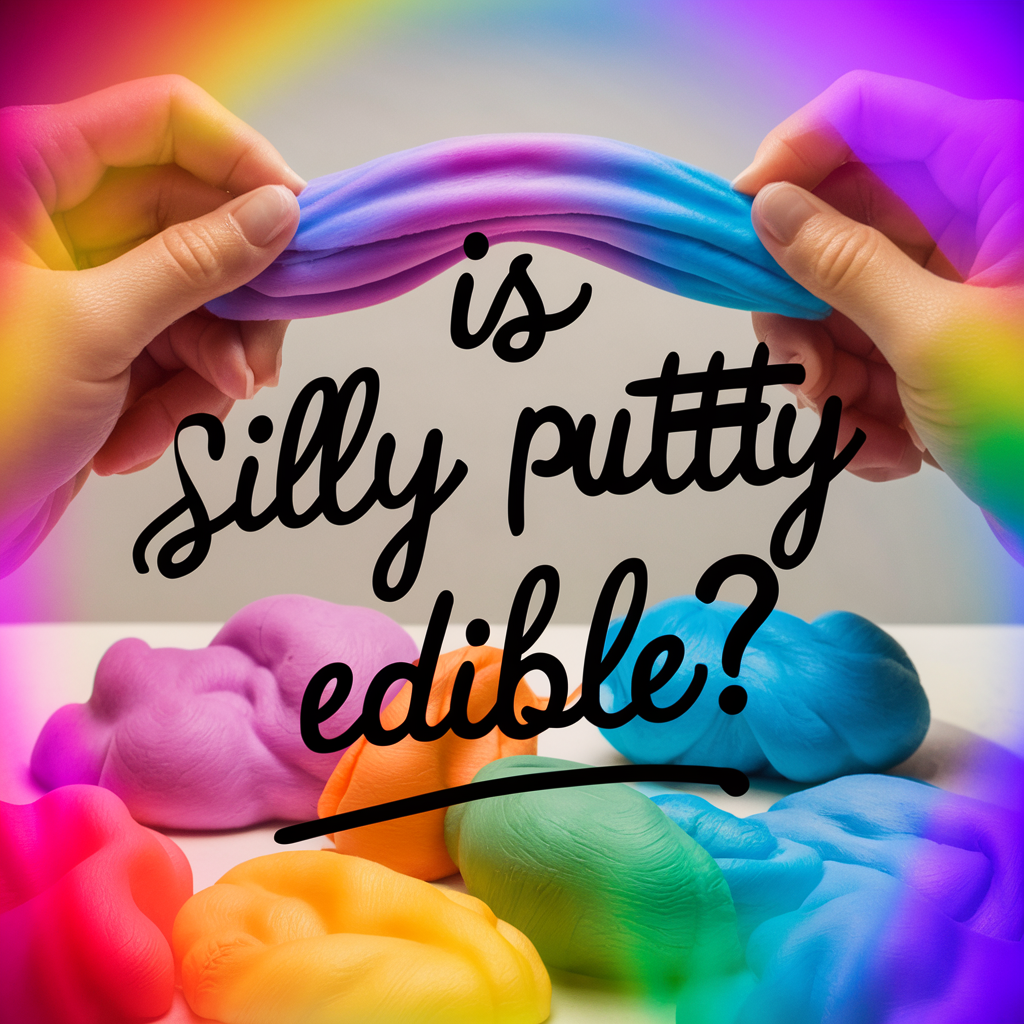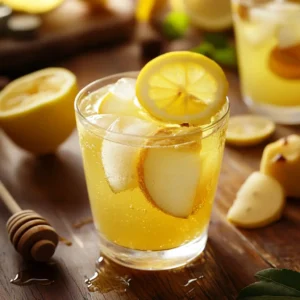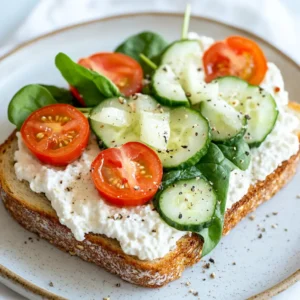Silly Putty has entertained children for decades with its stretchy, bouncy, and moldable qualities. But as a parent, it’s natural to ask: Is Silly Putty edible? Little ones love to explore their surroundings, often by putting objects in their mouths. Knowing whether Silly Putty is safe to ingest will give you peace of mind while your child plays.
In this guide, we will answer whether Silly Putty is safe to eat, outline what it’s made of, and share some practical steps you should take if your child accidentally swallows some. We’ll also offer safe alternatives, such as edible slime, and tips to keep playtime both fun and safe. For a complete family day, you might even consider baking something fun like this pumpkin banana loaf to enjoy after playtime.
What Is Silly Putty Made Of?
To better understand whether Silly Putty is edible, it’s important to look at its ingredients. Originally invented during World War II as a possible rubber substitute, it was later marketed as a toy due to its unique texture and versatility.
The main components of Silly Putty include:
- Polydimethylsiloxane (PDMS): A silicone-based polymer that gives Silly Putty its elasticity and bounce.
- Colorants: These give Silly Putty its bright, fun colors that children enjoy.
- Fillers: Non-toxic materials are added to adjust the texture and density.
While these ingredients are non-toxic, they are not meant for consumption. Silly Putty is designed for tactile, hands-on play, not eating. But what happens if your child does take a bite?
Is Silly Putty Safe to Eat?
Silly Putty is non-toxic, meaning it’s unlikely to cause harm if accidentally ingested. However, it is not edible. Eating even a small amount could lead to minor digestive discomfort, such as an upset stomach. Children—especially toddlers—are curious by nature and may explore new textures by putting things in their mouths. It’s essential to supervise their play and minimize the risk of them eating Silly Putty.
If you’re concerned about your child’s tendency to put toys in their mouth, you can consider making edible slime as a safer alternative. Edible slime offers the same sensory play benefits without the risk of ingesting harmful substances. After a fun play session, you could enjoy a delicious treat like these Earl Grey cookies, ensuring that both play and snack time are equally delightful.
What Should You Do if Your Child Eats Silly Putty?
If your child eats a small amount of Silly Putty, there’s usually no need for panic. Silly Putty is non-toxic, and consuming a small piece is unlikely to cause significant harm. However, here’s what you should do if you discover your child has ingested Silly Putty:
1. Remove Any Remaining Putty
First, gently remove any remaining Silly Putty from your child’s mouth and hands to prevent further ingestion.
2. Offer Water
Encourage your child to drink some water. This will help the Silly Putty move more easily through their digestive system.
3. Monitor for Symptoms
Keep an eye on your child for any signs of discomfort, such as stomach pain, nausea, vomiting, or changes in bowel movements. In most cases, the body will expel the Silly Putty without issue.
4. Contact a Healthcare Provider
If your child shows persistent symptoms or if you are worried, contact your pediatrician or a poison control center for professional advice.
Taking these steps will help ensure that any risks are minimized. To avoid similar situations in the future, you can opt for edible slime or play dough as safer, food-based alternatives.
Safer Alternatives: How to Make Edible Slime
If you’re concerned about your child tasting non-edible objects during play, making edible slime is a fantastic solution. Edible slime provides the same stretchy, squishy experience as Silly Putty, but it’s safe for little ones who might be tempted to taste it.
Ingredients for Edible Slime:
- Marshmallows (1 cup)
- Cornstarch (½ cup)
- Powdered Sugar (½ cup)
- Food Coloring (optional)
Instructions:
- Melt the Marshmallows: Microwave the marshmallows for about 30 seconds until soft and gooey.
- Mix in Cornstarch and Powdered Sugar: Stir in the cornstarch and powdered sugar until the mixture becomes thick and stretchy.
- Add Food Coloring (Optional): Mix in a few drops of food coloring to give your slime a fun, colorful twist.
- Cool and Play: Let the slime cool before giving it to your child to play with—and since it’s completely edible, there’s no need to worry if they decide to take a bite!
This edible slime recipe is a great alternative to Silly Putty, especially for younger children. It offers the same interactive and sensory play experience while ensuring safety.
Why Edible Slime Is Perfect for Young Children
For older kids, it’s easy to explain that Silly Putty is not meant to be eaten. But toddlers and preschoolers may not understand this concept yet. That’s why edible slime and edible play dough are ideal for younger children. These food-based alternatives provide the same tactile fun, without the risks associated with non-edible materials.
To make playtime even more special, you can pair it with a fun family baking activity. After creating your edible slime, you could bake a pumpkin banana loaf or another tasty treat to enjoy as a snack afterward. This turns a simple play session into a memorable family activity.
The Benefits of Sensory Play with Safe, Edible Materials
Sensory play is critical for early childhood development, helping children explore the world through touch, sight, and smell. When choosing materials for sensory play, it’s important to prioritize safety and age-appropriateness.
Benefits of Using Edible Slime:
- Safe for Tasting: With edible slime made from food ingredients, you don’t need to worry about your child tasting the slime. It’s designed to be safe if ingested.
- Encourages Creativity: Edible slime can be stretched, squished, and molded into various shapes, encouraging creativity and imaginative play.
- Improves Fine Motor Skills: Manipulating slime helps children develop fine motor skills and hand-eye coordination.
- Engaging and Fun: Sensory play engages children’s senses in a fun and interactive way, promoting learning and discovery.
Choosing safe, edible materials for sensory play ensures that your child can enjoy a full, hands-on experience without any safety concerns.
Tips for Safe Play with Silly Putty
While Silly Putty is generally safe and non-toxic, following a few safety precautions will help ensure that playtime remains worry-free.
1. Supervise Playtime
Always supervise younger children while they’re playing with Silly Putty to prevent accidental ingestion. Make sure they understand that Silly Putty is meant for stretching and molding—not eating.
2. Practice Good Hygiene
Encourage your child to wash their hands after playing with Silly Putty. This will remove any residue that could be accidentally transferred to their mouth.
3. Store Silly Putty Safely
When not in use, store Silly Putty in a sealed container and keep it out of reach of younger children and pets. This helps prevent accidental ingestion and keeps the putty fresh for future use.
By following these tips, you can ensure that your child enjoys Silly Putty in a safe and engaging way.
Internal Linking Opportunities
For a fun and relaxing family day, you can combine playtime with baking activities. After making edible slime, why not whip up something delicious like this pumpkin banana loaf or bake a batch of Earl Grey cookies? Both recipes are easy to prepare and would make for a delightful snack to enjoy after play.
FAQs About Silly Putty
1. Is Silly Putty Toxic if Swallowed?
No, Silly Putty is non-toxic. While it’s not meant to be eaten, ingesting a small amount usually won’t cause harm. However, if your child eats a significant amount, monitor them for symptoms and consult a healthcare provider if necessary.
2. Can Pets Eat Silly Putty?
If a pet eats Silly Putty, it’s a good idea to contact your veterinarian. Although it’s non-toxic, it’s best to seek professional advice to ensure your pet’s health.
3. Can I Make My Own Silly Putty at Home?
Yes, you can make a safe, edible version of slime using simple ingredients like marshmallows, cornstarch, and powdered sugar. This is an excellent alternative for young children who may be tempted to taste their toys.
4. How Should I Store Silly Putty?
Store Silly Putty in an airtight container when not in use. This helps keep it fresh and prevents it from drying out. Always keep it out of reach of young children or pets.
Conclusion
While Silly Putty is non-toxic and generally safe for play, it’s important to remember that it is not edible. For younger children who may be tempted to taste their toys, opting for edible slime or play dough made from food-grade ingredients is a safer choice. By following the safety tips provided in this article, you can ensure that your child enjoys creative play in a safe environment.
For a perfect family day, consider pairing playtime with a fun baking session. You could make a pumpkin banana loaf or bake Earl Grey cookies to share after a fun-filled play session. This way, you can combine creativity and deliciousness in one unforgettable day.





